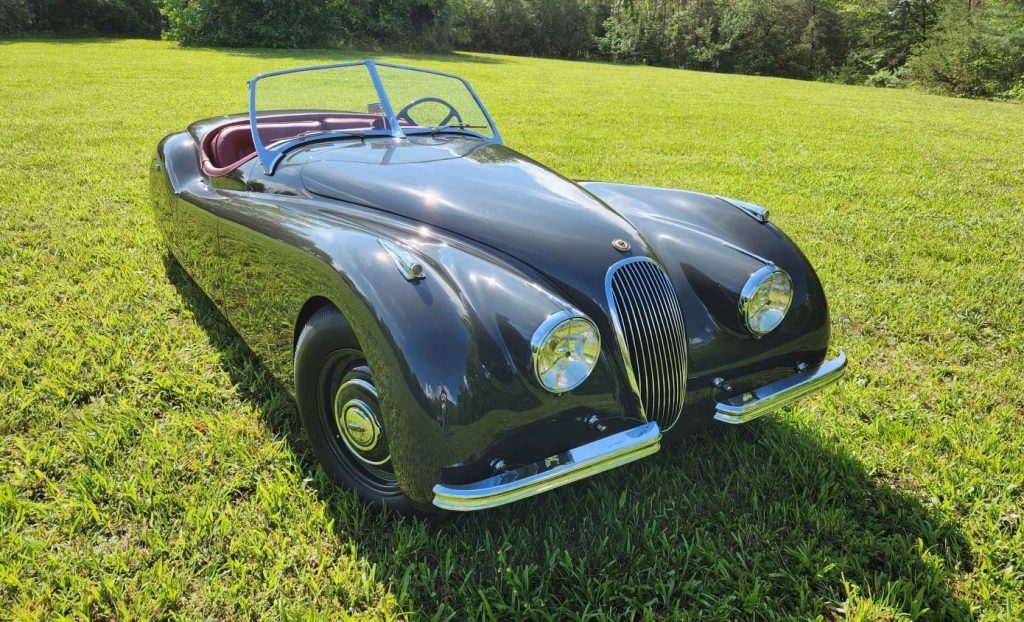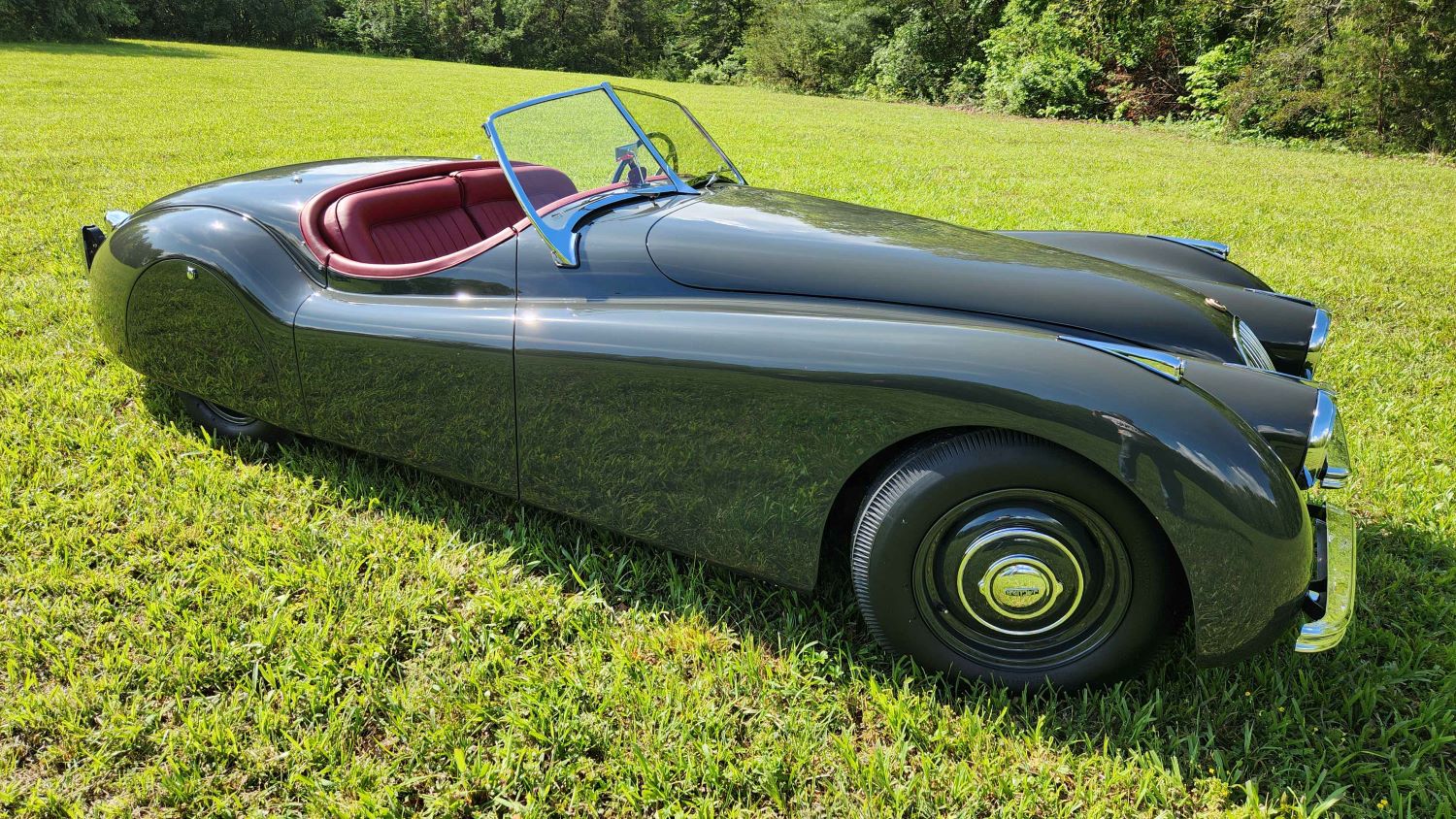When actor Clark Gable took delivery of a Jaguar XK 120 on the set of Never Let Me Go(1953) in Cornwall, the car was nearly as big of a deal as he was. Not only was the vehicle beautiful, and its engine a technological tour de force, with a top speed of 126.448 miles per hour, the XK 120 was the fastest car in the world.
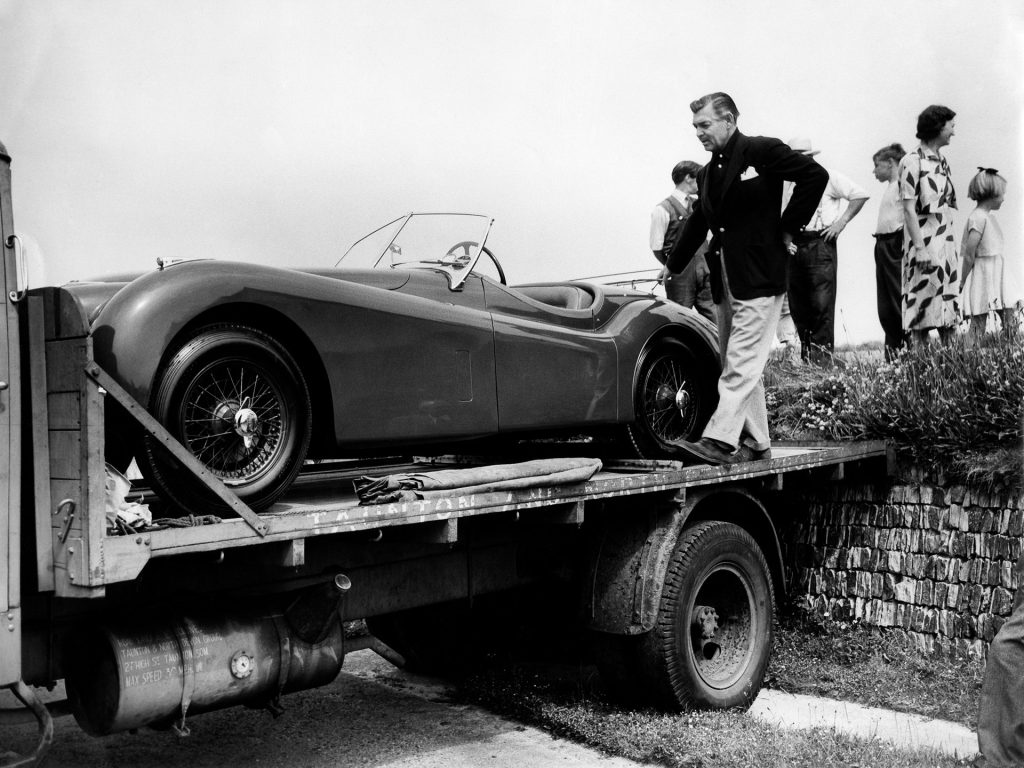
Jaguar almost didn’t build it. As World War II ended, Jaguar was developing a 3.4-litre inline-six with dual overhead camshafts. The company had always built six-cylinder engines, back when it was called SS Cars, and had developed an overhead-valve design in 1936, but this engine was something new: beautiful, reliable, and powerful, the XK would become the engine that put Jaguar in the history books. The company intended to put the DOHC six in a luxury-laden, six-passenger touring sedan called the Mark VII, but in 1948, as the British International Motor Show at Earls Court grew closer and closer, it became obvious that the Mark VII wouldn’t be ready in time. How could Jaguar show off its new engine? Based on a sketch from Jaguar’s lead designer and co-founder William Lyons, the company decided on a limited-run sports car, with an aluminium body over an ash frame.

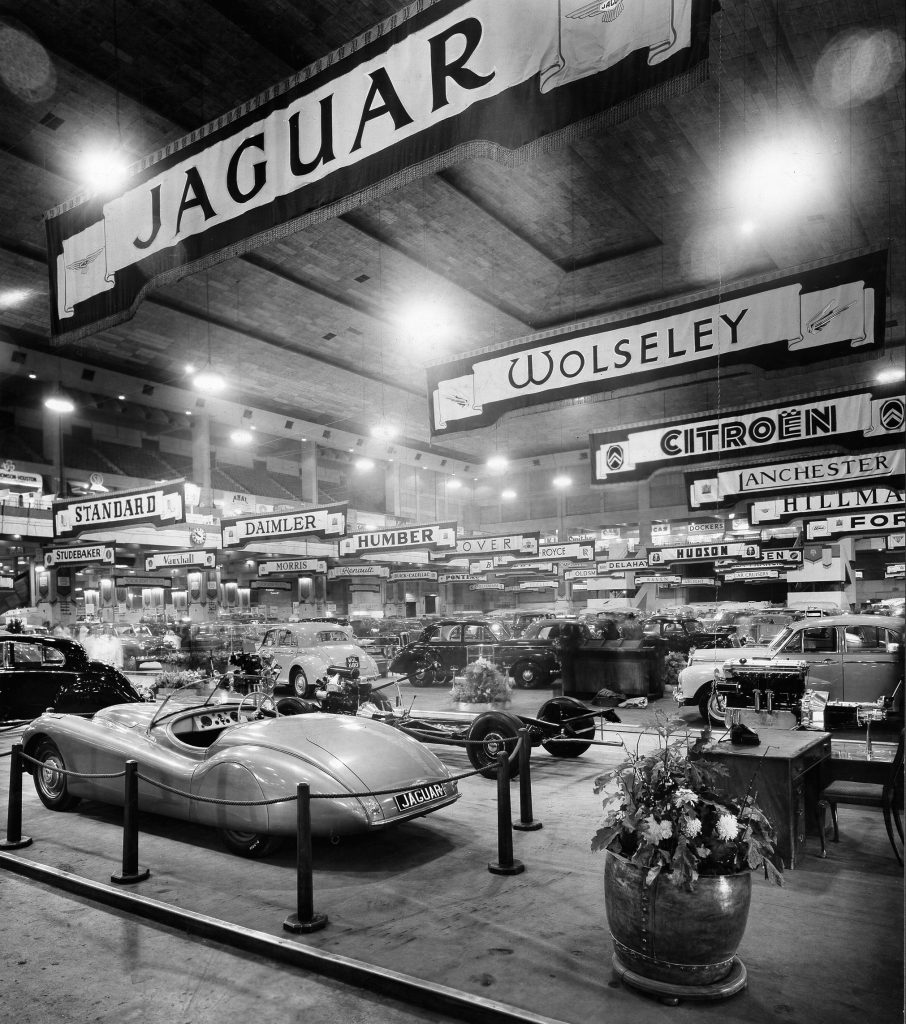
Jaguar built the concept in two months. When the XK 120 debuted at Earls Court, it was a sensation: At the time, DOHC engines were the province of ultra-expensive vehicles like Duesenbergs and Stutzes, but you didn’t have to be mega-rich to own an XK 120; you merely had to be well-off.
The £999 XK 120 looked like liquid speed. Seven months later, an XK 120 would clear 120 mph, making it the fastest production car to date.
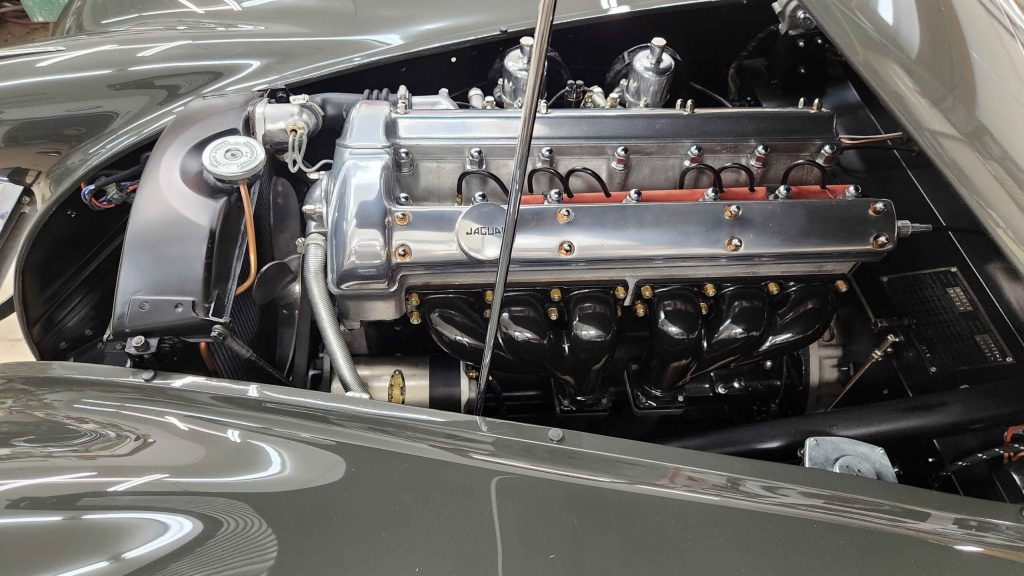
As if the polished aluminium valve covers of the XK weren’t enough, the car’s gotta-have-it status was sealed when Jaguar decided to build them nearly identical to the 1948 concept. Given the original plan to only build 200 or so, the first XK 120s were delicately and expensively built, with bodies made of aluminium. Initially, the only body style was a roadster. Jaguar made 242 of them between 1949 and 1950 at its facility on Holbrook Lane in Coventry, before switching body material to steel and ramping up production: In 1951, it built 490 right-hand-drive units and 1025 left-hand-drive ones.
A fixed head coupé (FHC) arrived for 1951, with a roof and windows, chrome door handles, and an interior dominated by a gorgeous walnut dashboard. That same year, Jaguar also announced the “SE” specification, which enhanced the car’s performance with a set of wire wheels to improve brake cooling, and higher-lift cams and dual exhaust pipes to unlock 20 more horsepower. In 1953 came another body style, the drophead coupé, with a folding canvas top, real windows, and the walnut dash, plus another set of high-performance goodies: a C-Type head and larger carburetors, which together bumped output to 210bhp. Production of the XK 120 ended in August 1954.
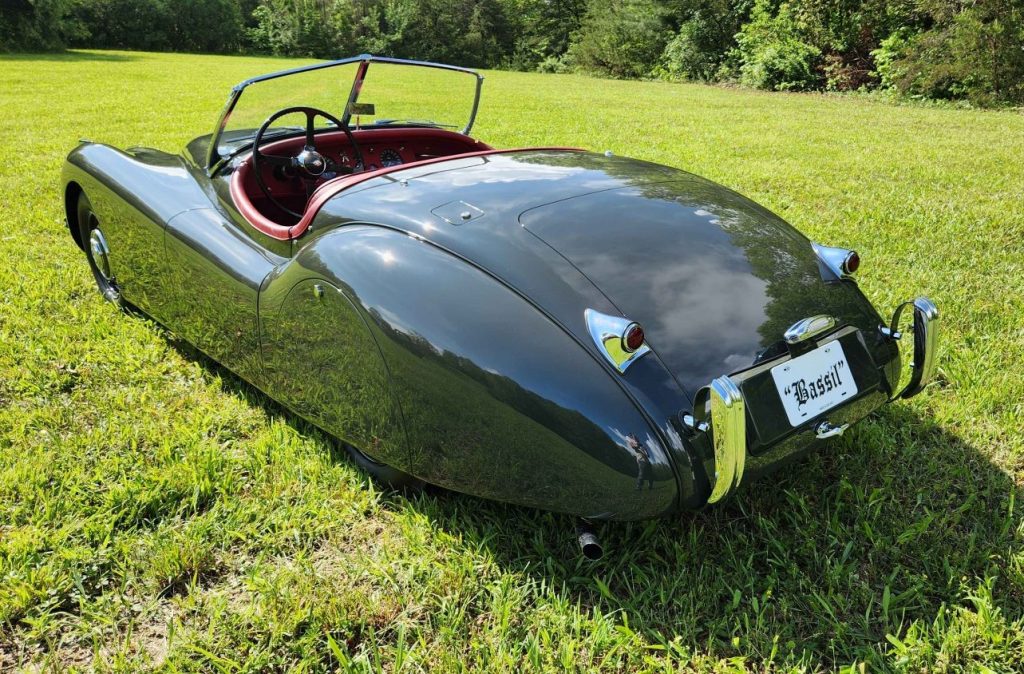
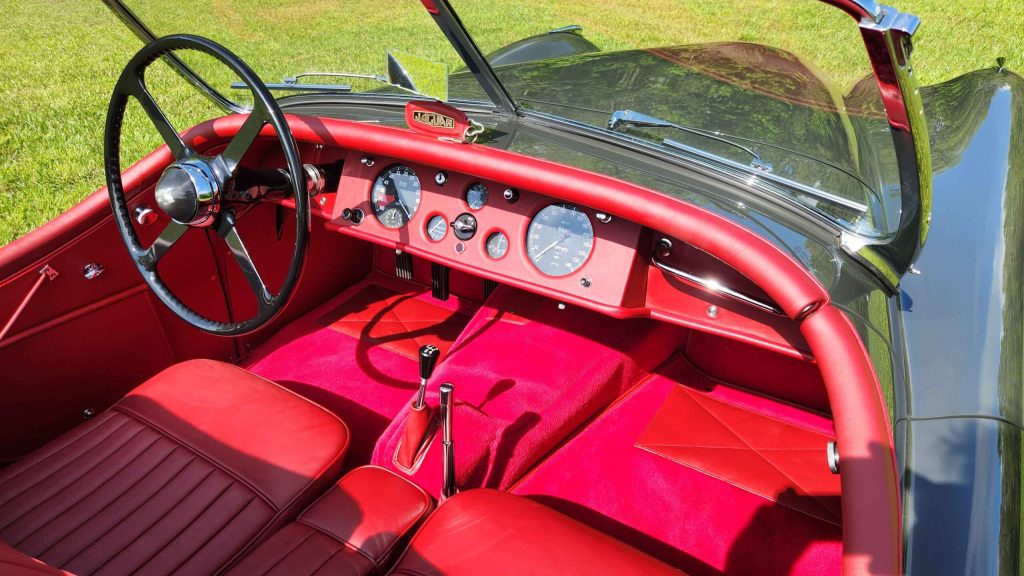
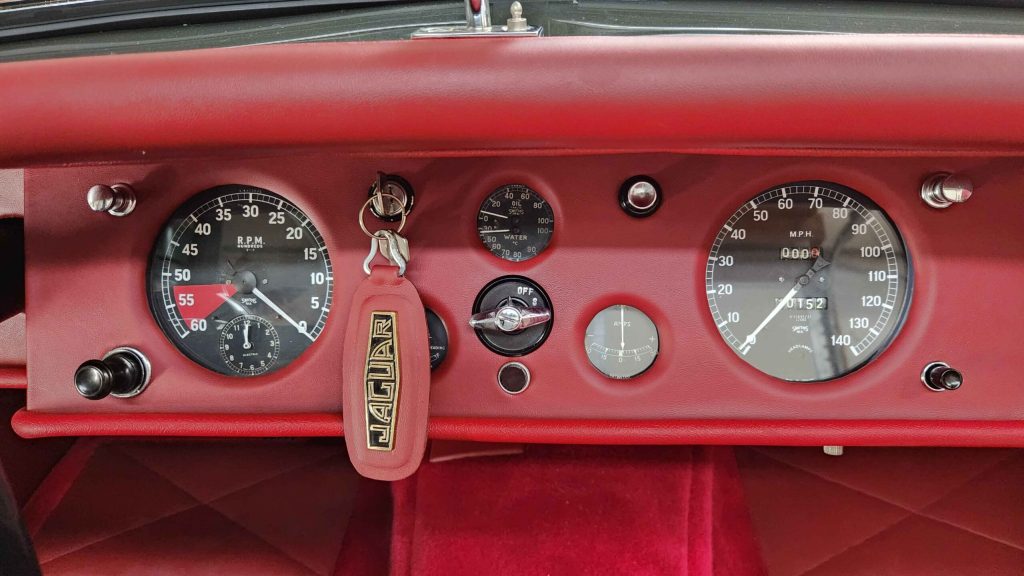
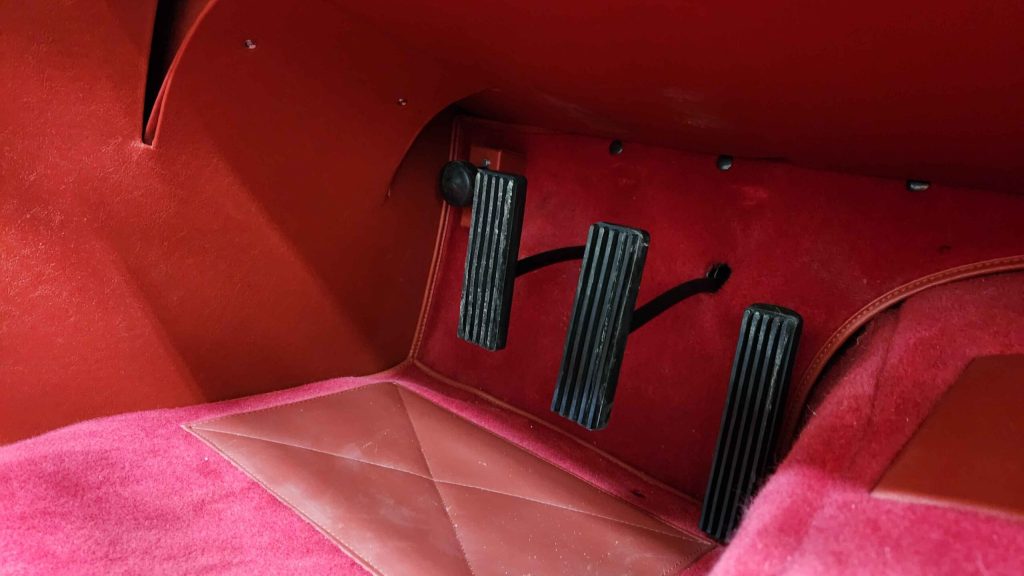
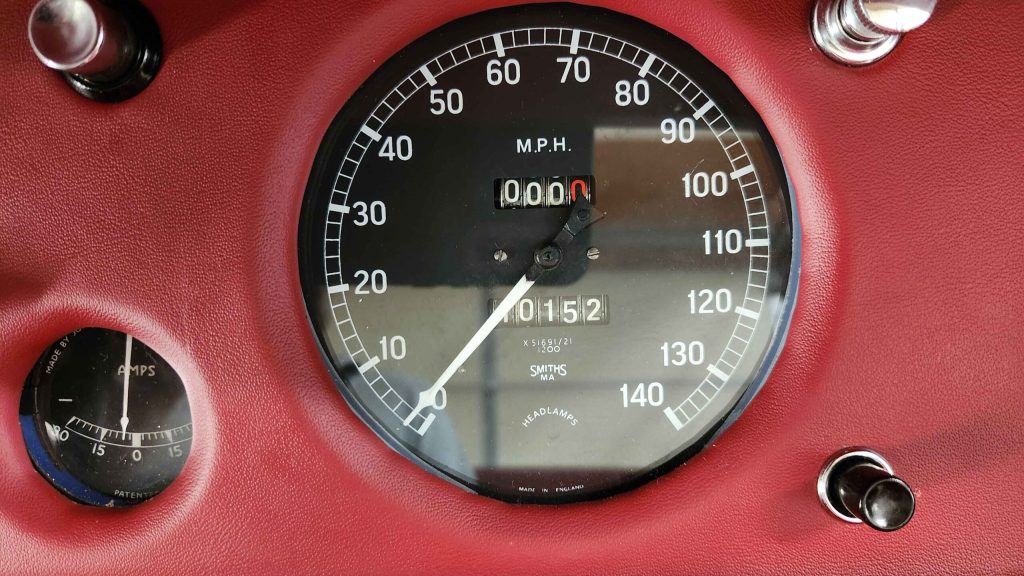
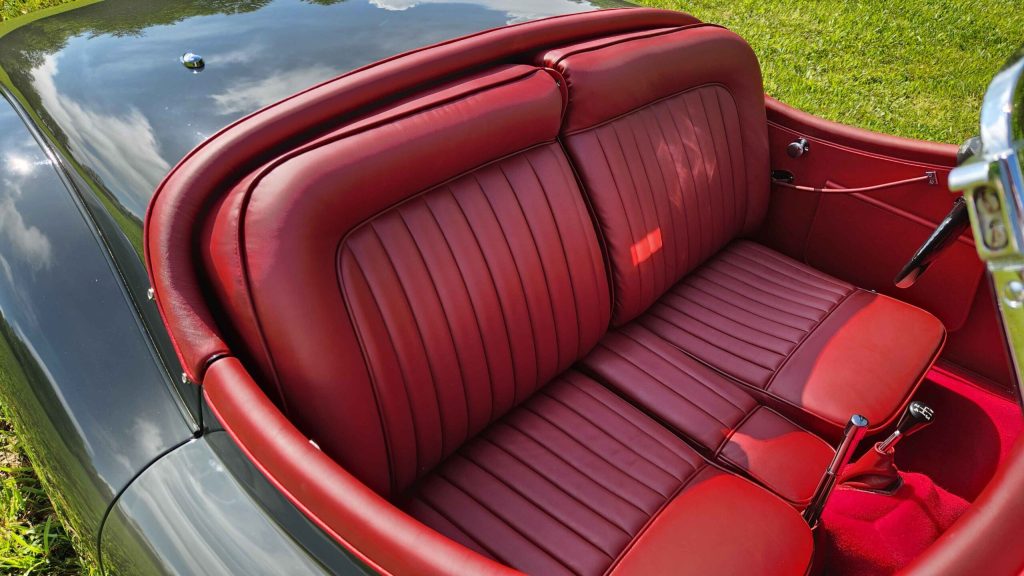
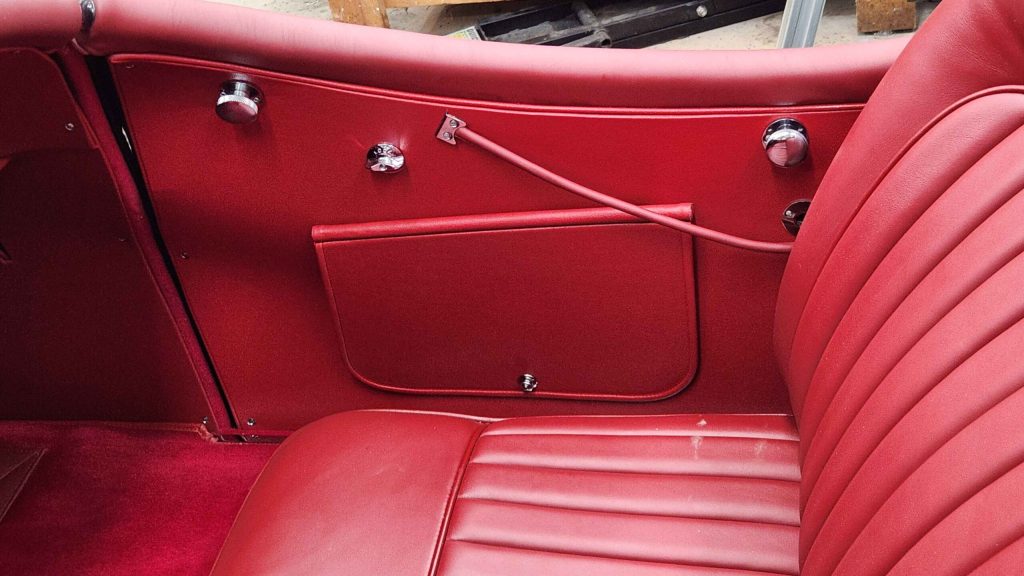
The 1951 example you see here, currently being sold on Hagerty Marketplace in the US, wears the same colour scheme as the one Gable received in Cornwall: Battleship Grey over red leather (he also owned a ’52 that he sent straight to Barris Customs for a gold paint job, removal of the headlight spears, and relocation of the licence plate). Although available from the factory in 1951, the colour scheme is different from the one this car originally wore, which was Birch Grey over red and biscuit, a combination about which the current seller on Hagerty Marketplace feels strongly: It “does not suit the car well.” Lest you have any worries about the reception of this change in the collector car community, the matching-numbers car was honoured at the 2024 Amelia Concours specifically for the excellence of its restoration, for which it earned the Gil Nickel/Far Niente Award.
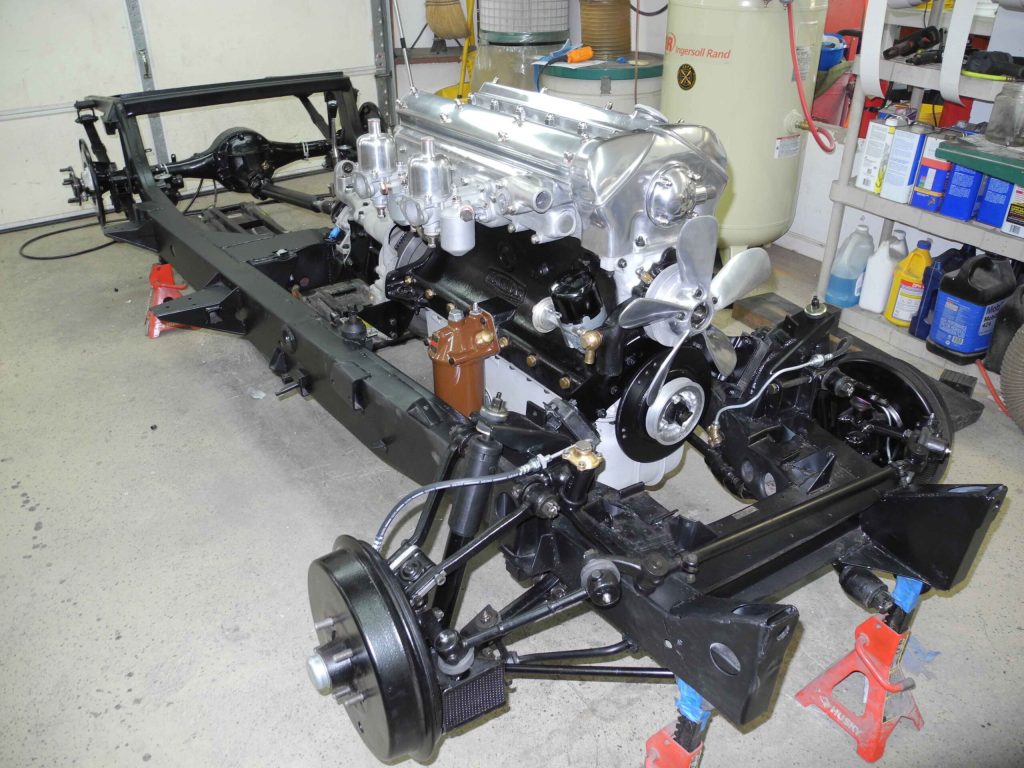
That restoration, a four-year nut-and-bolt effort, was top-notch. The body and chassis were separated, and the latter was stripped, rustrpoofed, and repainted. The former was stripped and all its panels realigned before the whole shell was repainted. All the chrome work is new, down to the seat frames and hoodsticks for the roadster top.
The XK six boasts new pistons, sleeves, bearings, and timing chains, among other new components. A few wise upgrades have been made in the name of function: The main journal bolts, known for their troublesome retaining tabs, have been replaced with ARP studs, and the connecting rod bolts with studs from the same manufacturer. Both sets of original bolts come with the car, should the buyer wish to reverse the modifications.
You have to look closely indeed to find anything to complain about on this car: The clock doesn’t work, the windshield trim is slightly marred, and one of the included reproduction batteries has a bad cell. But who cares about the time when they’re driving a car as legendary as the XK 120?
